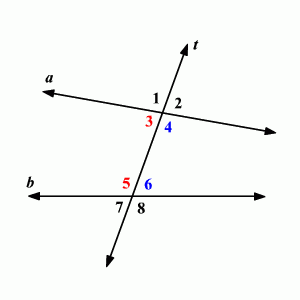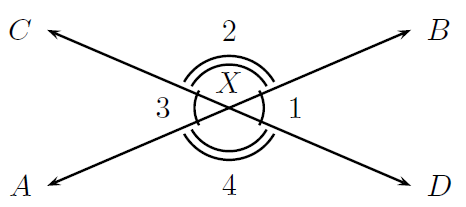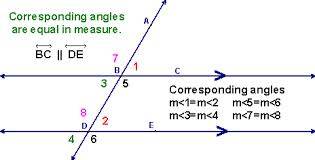They're related in many ways.
A transversal is needed to make angle pairs, such as in this picture.


Why might it be helpful to identify them as angles that go together instead of independent angles?
Let's take a look at the second picture. It shows that angles 1 and 3 are equal (by drawing one small arc next to either angle), as well as angles 2 and 4 being equal (by drawing two small arcs next to either angle). If we were asked to figure out exact angle degree measurement, using angle pairs here would save us 50% of the work. Let's say we found out the degree measurement for angle 1. Because of a rule of angle pairs, we can say that angle 3 has the same amount of degrees, already saving us 25% of the total work. If we do that same thing to angles 2 and 4, another 25% of the total work will be saved. That's why it's helpful to identify angle pairs as angles that go together rather than independent angles.
